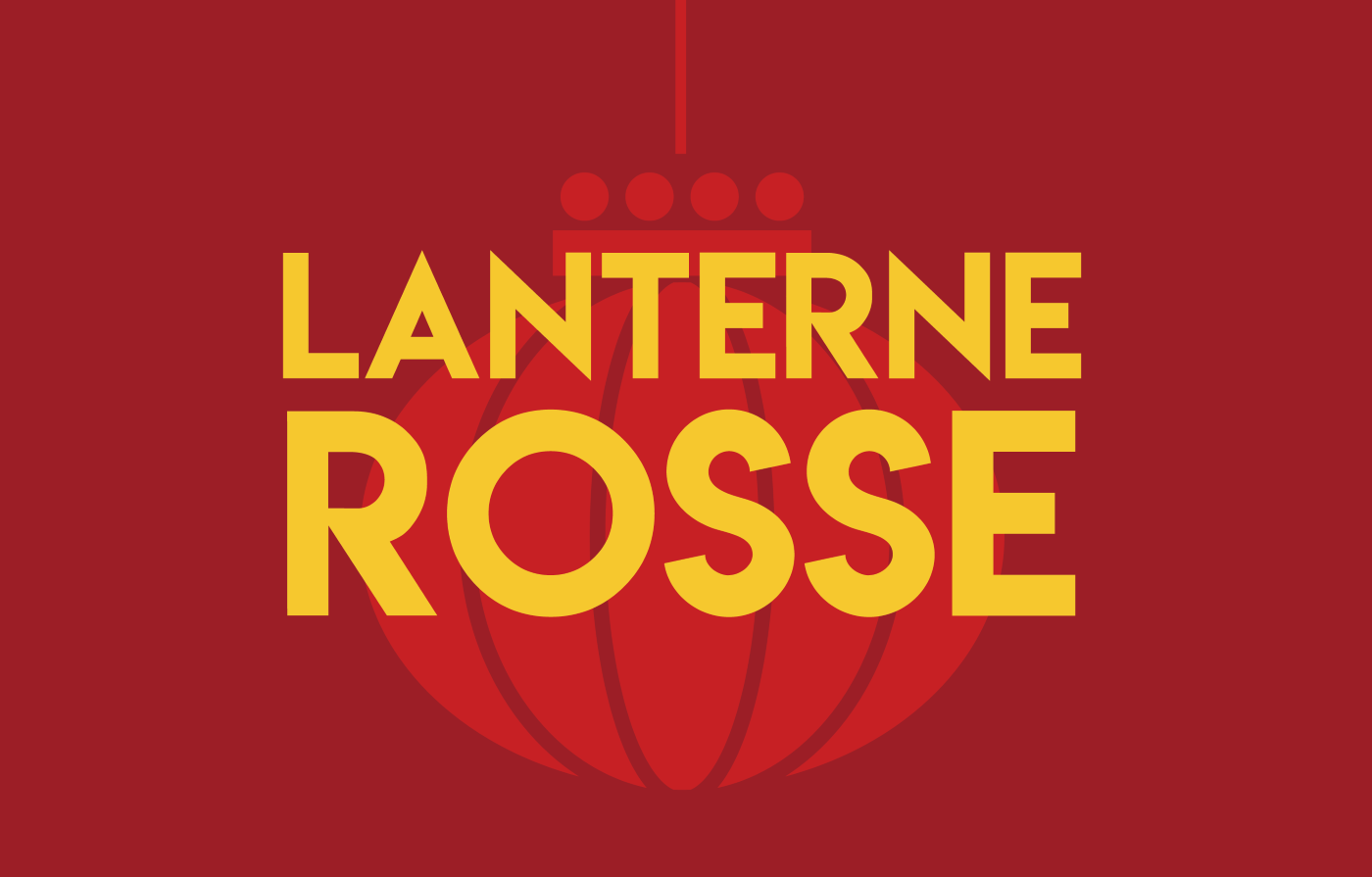Small cities over metropolises: The consumption reversal in China
In the era of tariffs, stimulating domestic demand is vital for Beijing. But consumption is growing slowly—and it is no longer the megacities driving it, but smaller cities, where wages and confidence in the economy are rising. These shifts may also bring about broader social changes.
Milan (AsiaNews/Agencies) – Consumption in China is still growing only modestly. But an interesting trend is beginning to emerge: it's no longer the massive megacities leading the charge, but the smaller cities.
Today, boosting consumption is a priority for Beijing. Tariffs and the trade war have left the "world’s factory" with little choice but to reduce its dependence on exports.
Authorities are trying to stimulate domestic demand by increasing purchasing power and lowering financial burdens. Among other measures, the government has decided to raise the budget deficit from 3% to 4% of GDP for 2025—a surprising shift from its traditionally cautious fiscal approach. It's worth noting that even during the pandemic, China kept the deficit pegged at 3%.
In 2024, consumption rose—but not enough. Official statistics show an average increase of 5%. However, the challenge is complex: economic policies alone are not enough unless they influence consumer confidence and habits. This is why more important than the numbers themselves—which may be fleeting—is understanding how behavior is changing. What has struck analysts is precisely the geographical distribution of emerging consumption patterns.
Cities in China are classified into tiers based on population and economic size. Megacities are tier one, provincial capitals are tier two, and smaller cities fall into the lower tiers. Historically, tier-one cities like Shanghai and Beijing have always led consumption growth. But in 2024, they relinquished this role to tier-three and tier-four cities. Shanghai slowed significantly, recording only a 0.4% increase. By contrast, Binzhou—a tier-four city in Shandong province with a district population of “only” 4 million (relatively small by Chinese standards)—recorded a 7.8% increase, according to data from The Paper.
Confirming this new consumption geography is the rise of the so-called “provincial noblewomen” on social media—a powerful class of female consumers living far from the megacities. These affluent women are reshaping the luxury market and embracing a more modern, conscious lifestyle. Their influence explains why luxury brands are now opening stores in small cities, a strategy that used to be reserved for chains like McDonald's. Luxury spending in second- and third-tier cities rose by 22% and 9%, respectively, in 2024.
According to official data reported by Sixth Tone, families in smaller cities spend more. In Shanghai, households spend about 60% of their disposable income, while in Yongzhou—a tier-four city in Hunan province—they spend an average of 80%.
Experts say this higher spending is linked to consumer confidence in the market. In a survey conducted by McKinsey, young people in small cities expressed more optimism about the Chinese economy than their peers in larger cities. This perception may be influenced by the drop in property values, highlighting the complexity of crafting effective economic policies in a vast and economically diverse country. The collapse of real estate giants like Evergrande has hit wealthier city dwellers—who tend to own more property—especially hard. In contrast, lower-income groups have seen their spending capacity grow.
Consumer confidence also reflects rising incomes. Salaries in smaller cities have increased, thanks to technological development and population growth. Over the last decade, these cities have moved away from the Mao-era “household registration” system that restricted movement between urban and rural areas. This system, which assigned every citizen a legal status tied to a specific location and limited access to public services, was meant to prevent rural-to-urban migration. As restrictions eased, migration from major cities brought new consumption habits to smaller towns, creating a virtuous cycle. Technology has helped fuel this movement, allowing smaller cities to compete with larger ones. A notable example is Heze, in eastern Shandong province, where the rise of livestream e-commerce and transportation development has boosted the local flower industry. Moving production to smaller cities, where labor is cheaper, has generated wealth and created new jobs.
China’s 5.4% GDP growth in the first quarter of 2025 was well received. Although this figure refers to the pre-tariff period, state media are riding the wave to build market confidence. On social media, users are joking about the iconic “MAGA” hats—likely made in China. Mao’s famous phrase that "America is just a paper tiger" is also making a comeback, as a way to downplay external threats and strengthen internal cohesion.
However, China’s persistently low consumption levels are no accident. As Michael Pettis, a senior fellow at the Carnegie Endowment for International Peace, wrote on X: “It has been a fundamental factor in China’s economic growth model, around which three to four decades of political, financial, legal, and commercial institutions have evolved. Changing it won’t be easy.” Even today, the more families spend, the less remains in the savings pool on which China’s state banks rely to fund key sectors—like artificial intelligence and advanced technologies—that could give Beijing a strategic edge over Washington. A consumption-led economy would bring radical changes to the very social system that Xi Jinping seeks to maintain strict control over.
RED LANTERNS IS THE ASIANEWS NEWSLETTER DEDICATED TO CHINA. WOULD YOU LIKE TO RECEIVE IT EVERY THURSDAY? TO SUBSCRIBE, CLICK HERE.







.png)










